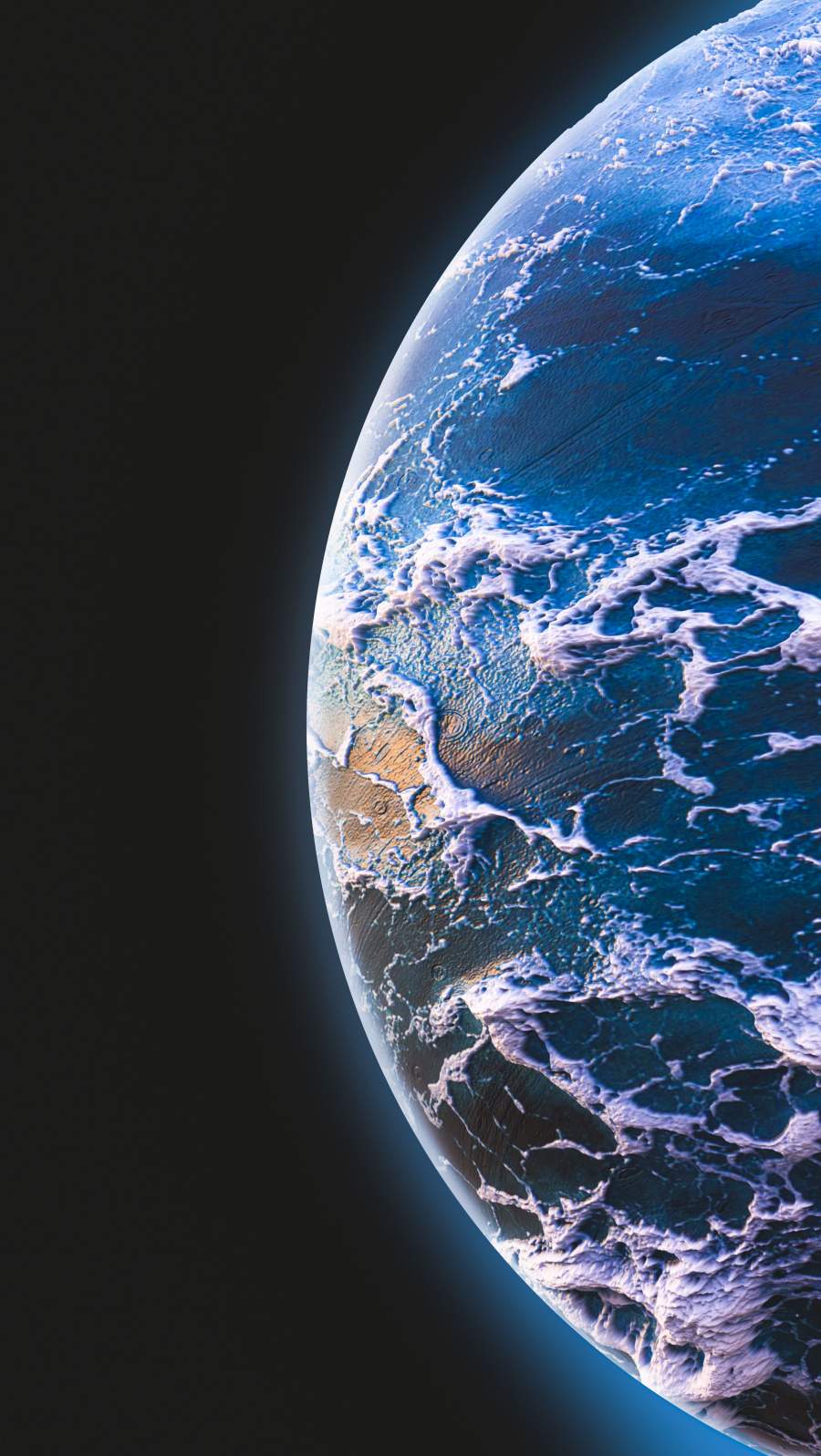

On a good day, manta rays can eat 27 kilograms of plankton and fish (that’s as heavy as the average eight-year-old!).ħ. When it’s time for lunch, groups of manta ray spiral, creating a whirlpool. The manta ray has a three-metre wingspan and seems to soar like a great bird with its wing-like fins. But the reef also shimmers and sways with soft corals that look like plants and grasses, including tree coral, carnation coral, toadstool coral and sea fans.Ħ. Hard corals are the backbone of any reef and include brain, staghorn, finger and cauliflower corals. Our world’s reefs are home to more than a thousand hard and soft coral species.

They only cover 0.1% of the whole ocean, but a quarter of all marine species call coral reefs their home.ĥ. Coral reefs can be found in shallow tropical waters and are known as the ocean’s busiest habitats. They can also grow to a whopping 40 metres long – that’s longer than a blue whale!Ĥ. They have stinging tentacles that capture small crustaceans, and they’re the longest living thing on the planet. The jelly-like siphonophores (sigh-fon-oh-fours) live in the deep and are giant trailing death nets. More people have ventured into the deepest reaches of space than the hadal zone, the deepest area of the ocean, which was named after the realm of Hades, the king of the underworld in Greek mythology.ģ. It’s so vast – bigger than all of Earth’s other habitats combined – that it has three zones the twilight zone, the midnight zone and the hadal zone.Ģ. Despite being far beyond the reach of the sun, the deep parts of the ocean are teeming with life.
#Blue planet the deep tv
It was also nominanted for a BAFTA TV award for Best Innovation.1. This episode was nominated for two Emmy Award for outstanding sound editing and outstanding sound mixing in the non-fiction category. Species captured on film for the first time include the Dumbo octopus and the hairy anglerfish. Attenborough remarks that more is known about the surface of the moon. At seven miles, the deepest is the Mariana trench, and fish have been found there right down to the very bottom. As the continental slope flattens out it joins the abyssal plain, which can form huge trenches. They are described as "living fossils" and relatively little is known about them. In addition, sixgill sharks can grow up to eight metres in length and have remained unchanged for 150 million years. It is dominated by echinoderms that sweep the sea bed however, there are occasional large hunters, such as chimaera. A descent to the very bottom of the ocean - some 4,000 metres - reveals life even at such cold temperatures, much of it new to science. To that end, some use bioluminescence as a means of detecting food or evading predators. In such dark places, both being able to see (or sense movement) and the means of quick concealment are equally desirable.


On the way down, a number of unusual creatures are witnessed, such as transparent squid and jellies, whose photophores give pulsating displays of colour. A sperm whale descends 1,000 metres to look for food and is followed. Over 60% of the sea is more than a mile deep and it forms the planet's most mysterious habitat. Broadcast 19 September 2001, the next programme explores the unknown depths of the ocean.


 0 kommentar(er)
0 kommentar(er)
